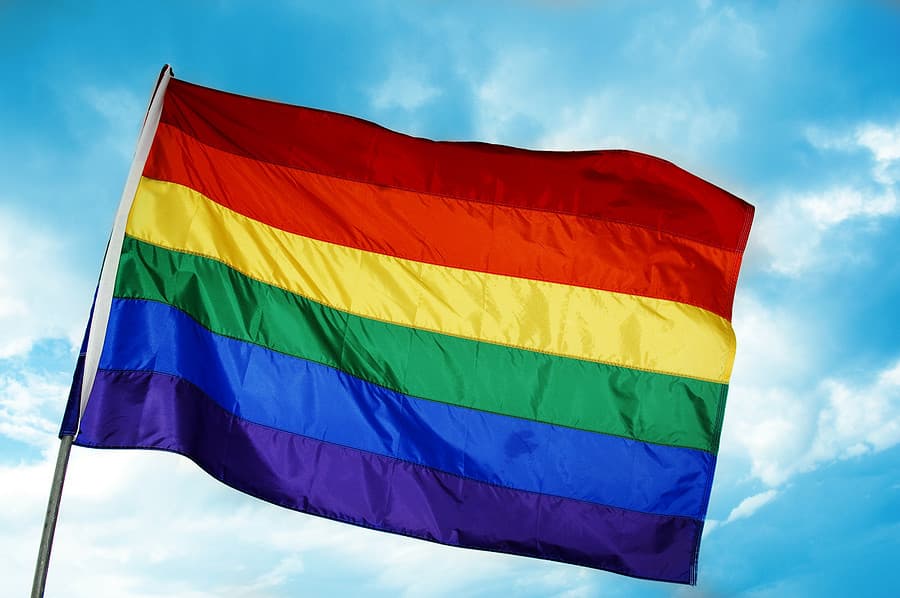I can’t quite put my finger on the exact moment I knew that my sexuality would be my secret. I don’t even know what made me think it wouldn’t be OK to come out at my place of work at the time. It’s easy to interpret one subtle cue as shame when you can be fired just for being gay.
I had to appear straight at least. At night, I would put my hair into a ponytail and wear my Pride T-shirts. By day, I perfected the mask — curly hair down to my shoulders and pink dress shirts. I forced myself into the binary mold of whatever I thought was girly enough to convince co-workers I was just like them. I still don’t know how convincing I was, but I tried.
Every day, I tried to hide. I would change the pronouns of my partner. I made up fake names and plans. I didn’t put pictures of my family on my desk, and I surely didn’t log in to Facebook out of fear someone might see my private albums. At the time, I was living in Massachusetts. Imagine what that fear is like for the queer community in the rest of the country.
Don’t Ask, Don’t Tell: Shedding a Shameful Policy
The quiet cues weren’t new to me. Growing up in a military family, it was against the rules to be gay for most of my life. There was a policy against military service by lesbian, gay, and bisexual individuals called “Don’t Ask Don’t Tell.”
In fact, in 1994 the U.S. adopted Don’t Ask, Don’t Tell as the official federal policy on military service by lesbian, gay, and bisexual individuals. The rule prevented service members from being openly queer on the false assumption that LGBTQ individuals being out in any branch of the military would undermine the ability of people to carry out their duties.
Throughout the policy’s life, thousands of brave service members were discharged simply for who they were and whom they loved. Imagine serving your country for 10+ years, then being fired for love. It’s horrifying.
Don’t Ask, Don’t Tell was repealed on Sept. 20, 2011. Service members previously discharged for their LGBTQ status were offered re-enrollment, and future recruits knew they would no longer face discrimination when trying to serve their country. It set the tone for every sector that being out at work might be OK.
Proud: Celebrating Pride in the Candidate Experience
Thankfully, companies have come a long way. Many even actively celebrate Pride rather than fire people for being gay. They’re sponsoring parties and parades, education, and ERGs. It’s a beautiful thing to see as someone in the queer community and a story that should be told in the candidate experience. How?
There’s a responsibility for companies to show vs. tell people they are LGBTQ-friendly. The candidate experience is the perfect place to start — and there are three simple areas to do that:
- Job Postings. Listing “Minority/Female/LGBTQ/Disability/Veteran” is not it. In your “About Us” paragraph, talk about how you support the LGBTQ community. The key word being how.. Get specific. For example, outline same-sex benefits or describe community partnerships.
- Career Site. Create a landing page or add a Pride events calendar to your careers page. Share more details behind the highlights you included in the job posting. People will do their research.
- Email Automation. On the career site, you’ll have a landing page with a subscribe bar. Create an automated email that includes a Pride FAQ from current ERG members and employees. Instead of outlining benefits, let your team tell the story. Those quotes build trust in a way corporate communications can’t..
So, what’s your company doing to celebrate Pride this June?
